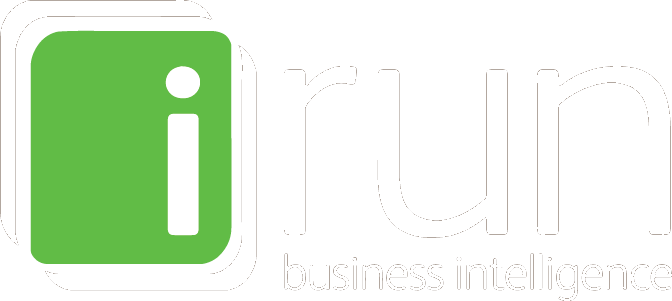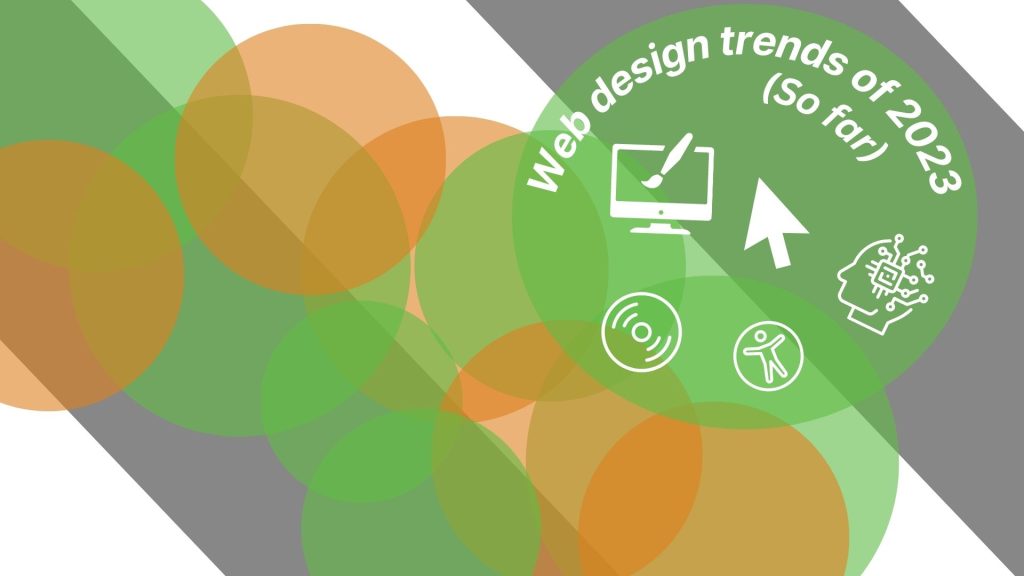The top web design trends in 2023 so far:
There has been massive amounts of change in 2023, both in a shift of tastes and massive leaps forward in technology. Here are some of the ways various ways websites have been keeping up, and attracting users through the power of presentation and fun little webpage interactions that don’t contribute much except being strangely enjoyable.
Nostalgic aesthetics:
Over the past year, there has been a steady resurgence in the Y2K aesthetic, in all factors of life, and its only likely to increase further. Naturally, this has leaked into the bounds of web design. Comprised of bright, candy colours and blobby shapes, Y2K was the dominant style in the early 2000s and embodies and defines a lot of the culture at that time. Regaining traction through social media, it has inspired themed fonts, cursors and pixelation to be implemented on many websites and some modernisation of the key Y2K elements to create a newer version of the style to better suit current webpages. The Y2K-inpired designs are not only eye-catching and unique, but simple and easy to understand and interpret. Perhaps this re-popularisation may be due to the entrance of more and more millennials and Gen Zers into the world of business and website design, as well as the bright functionality of the style? Or maybe an attempt to connect with the target audience of the website? Or did we all just love this era?
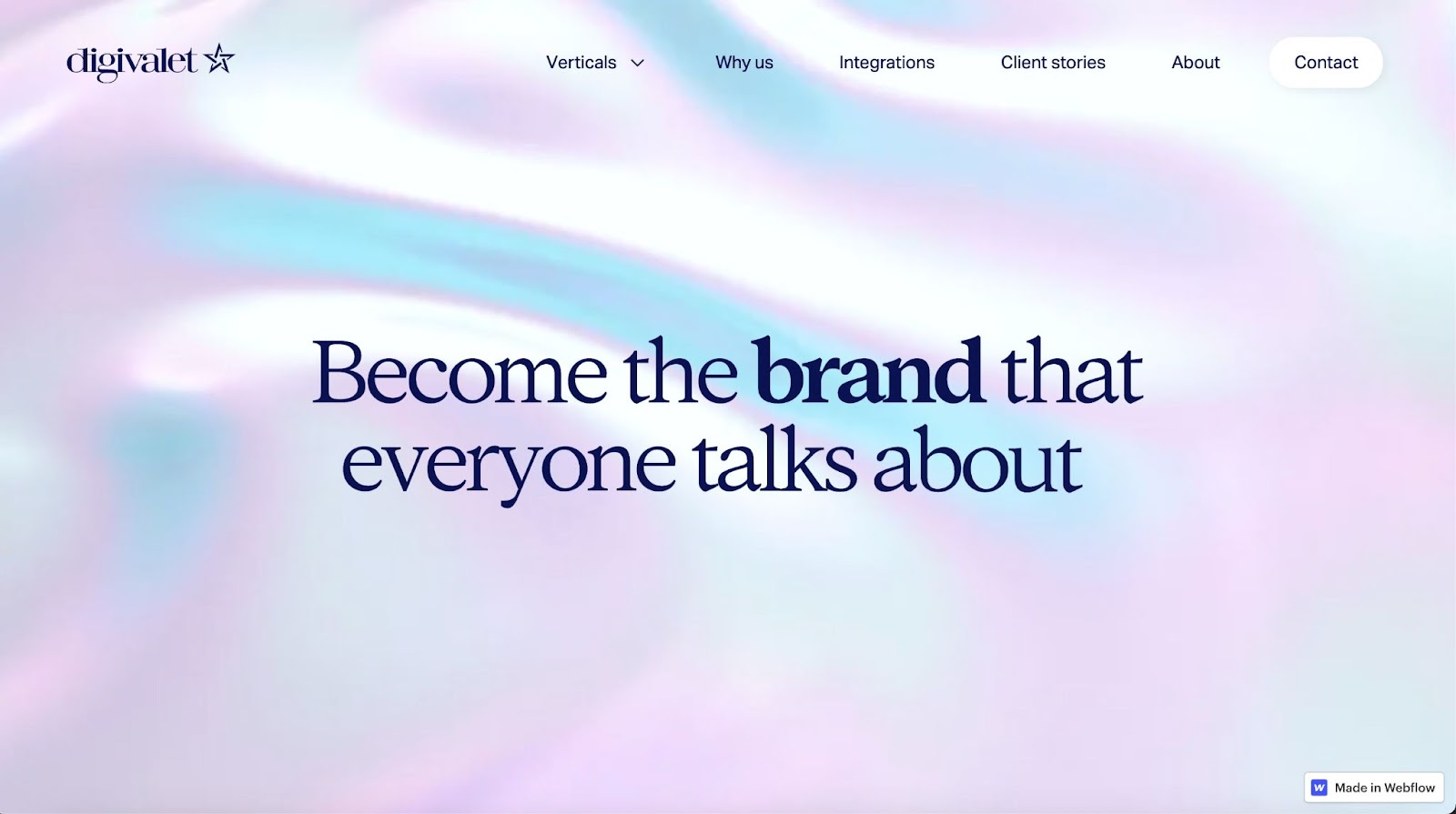
Light and efficient websites- Minimalism:
Keeping websites light and easy to navigate is not only visually pleasing, but much easier for the user, regardless of their proficiency with modern computers and website navigation. This is no new trend, but continues to hold popularity even into 2023, being utilised by sites such as Facebook and Gmail. Limiting images and graphics often increases loading speed on mobile devices, and while not so much anymore, on computers. They are optimised for good user experience, which is important for most public websites, proving that sometimes, less is more. Sometimes…
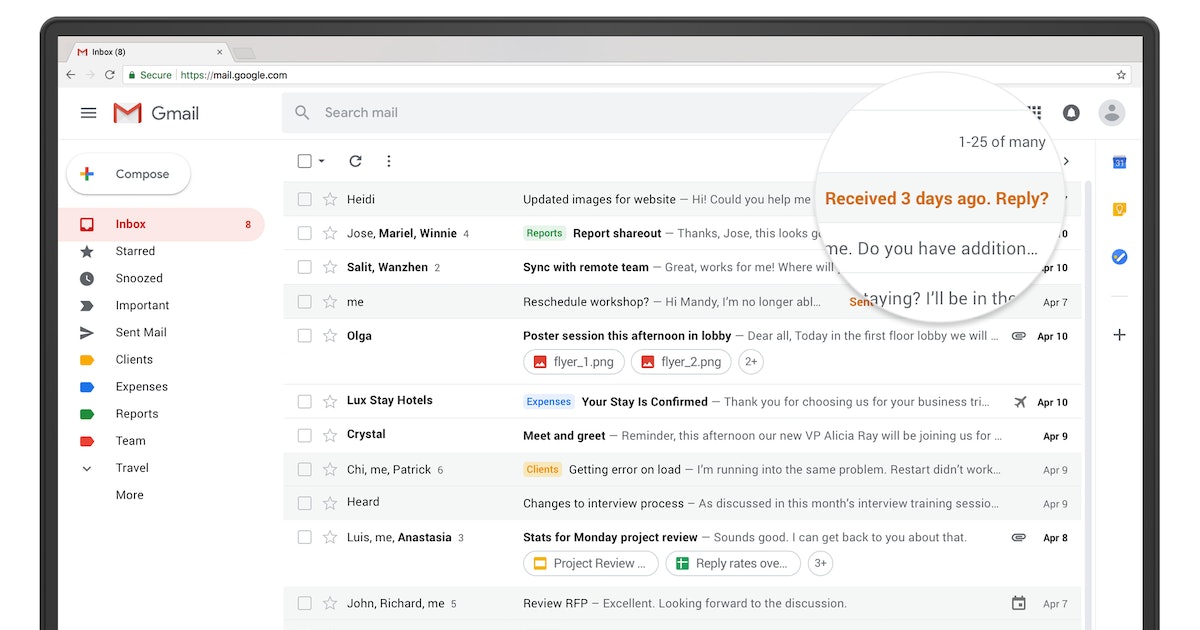
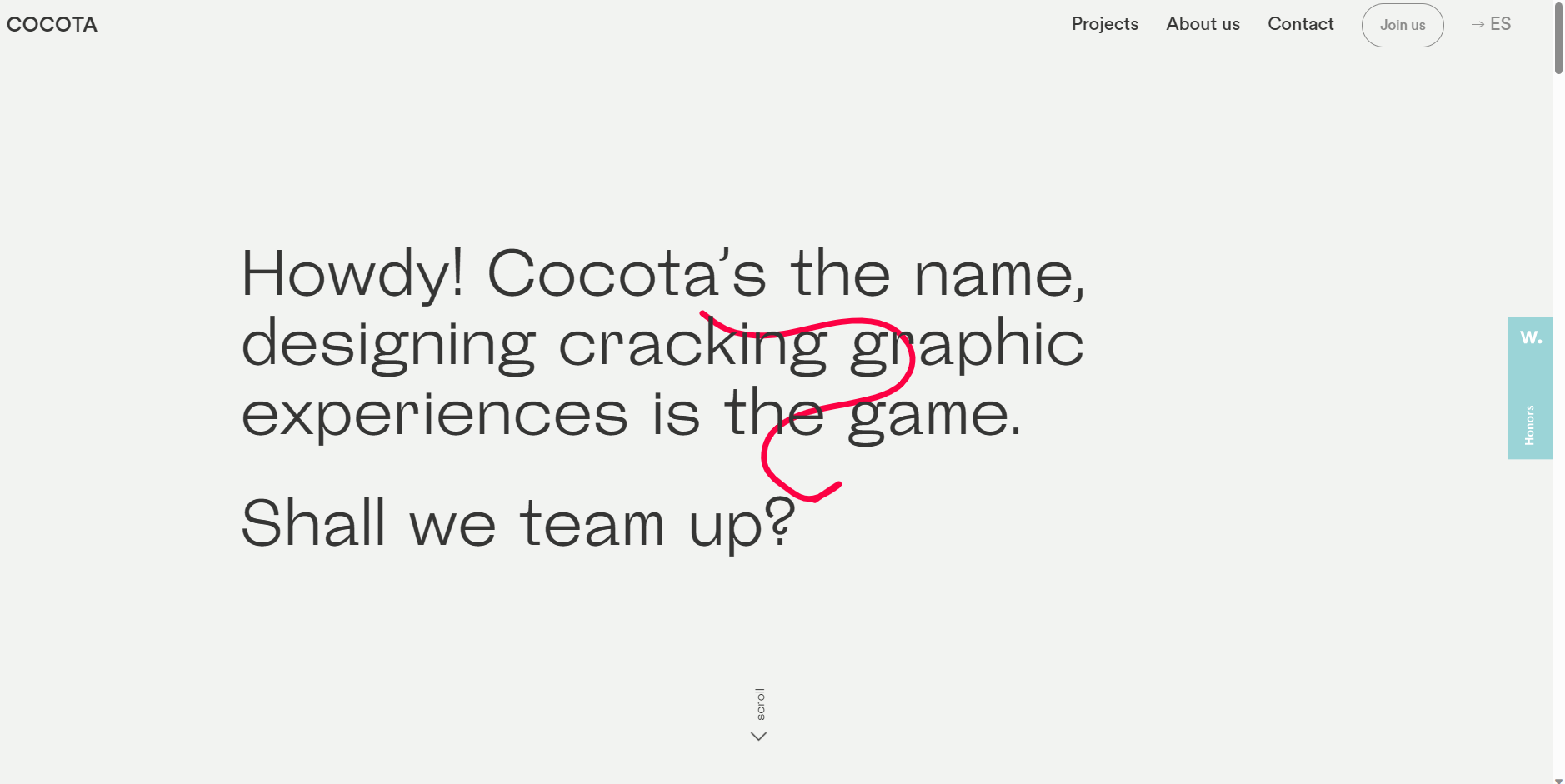
Custom… Everything?…
Ok, so this has been going on for a while as well, but customising a websites cursor, typefaces, fonts and almost every part of it that can possibly be changed is still popular, since it really took off in the early 2000s. It makes a website stand out, appear unique, and differ from other websites, while also allowing it to better follow or fit a particular theme. In certain cases, specific typefaces may also be more legible, allowing users to read a website more comfortably and quickly. These levels of customization are seen very often in video-game websites, pop-culture forums, wiki-pages and online shopping websites, as it can so closely follow a specific theme and improve a users experience. Custom cursors are also fun, we can confirm, according to our extensive testing.
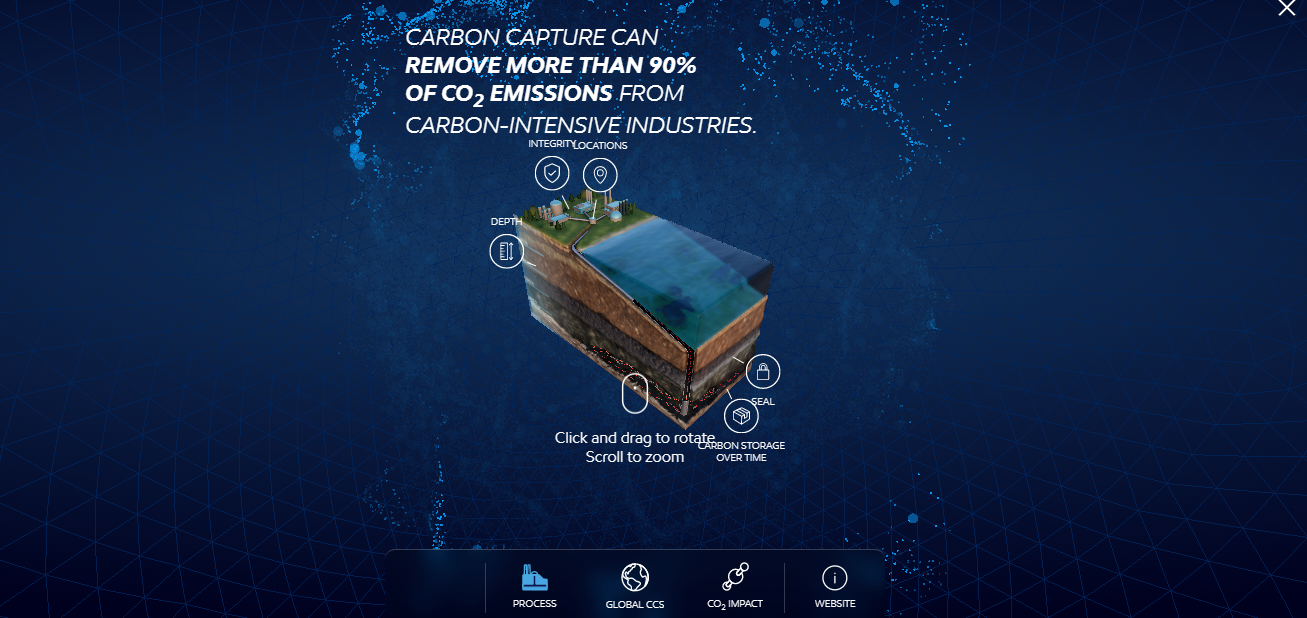
Exxomobils 3D model detailing “Carbon capture and storage”.
3D Illustrations, dimensionality and Augmented Reality:
This year, it is likely we will see more 3D illustrations in web design as it is another way for websites to stand out, fit a theme and encourage more users to interact. The idea of layering 3D objects and text to create depth is highly attractive users, anyone in fact, because in all honesty it just looks so good. As technology improves, we gain easier and quicker access to 3d art, meaning a website-masterpiece can be thrown together in just an hour or even less. As the controversial idea of the “Metaverse” (An online world) gains traction, more and more site designers are utilising 3D spaces and images and even animations to create entire worlds on a webpage. Augmented reality also allows users to explore 3D models in close detail, through 3D imaging and interaction. More simplistic 3D images and ideas are also gaining popularity, “Claymorphism” among other art styles.
Customisable viewing and accessibility options:
This should be a must-have for any website, especially as personalisation of the web grows in popularity, but the ability for users to customise their viewing experience is always important. This can include the option of dark mode, which can be more visually pleasing for certain users, and more comfortable to look at as well. One of the most important features of a website however, is accessibility options, allowing anyone to comfortably and intelligibly interpret and appreciate the visuals and tools of a website. Overall, and by no surprise, users seem to warm up well to pages that cater to their tastes and needs, both visually and functionally as they are key features affecting a users experience, and ultimately satisfaction, navigating a website.
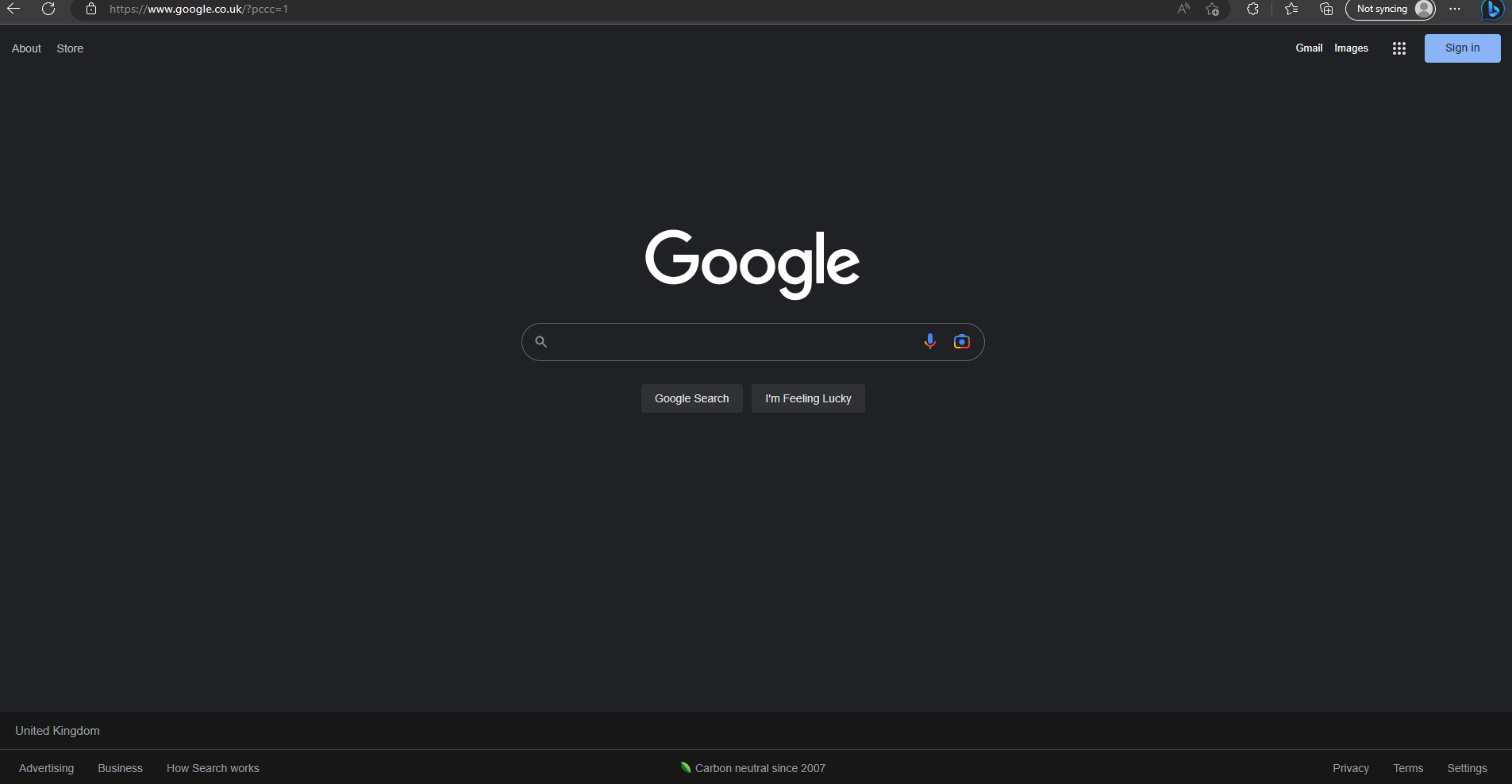
“Fun” and “micro” interactions:
Micro-interactions are exactly what the name implies. They are small actions, such as clicking links, taking surveys or watching videos that generally improve user experience and engagement by requiring less input from them, and helping them navigate the website more easily. Other interactions include the seemingly pointless, but strangely enjoyable random interactions that are made just for fun. These have always been popular in websites, and this continues into 2023. Examples of such interactions often come in the form of an interactive background, with shapes or objects that can be manipulated or interacted with by the user. Again, extensive research was done on these fun interactions and we can in fact confirm that they are fun and easy to waste time with.
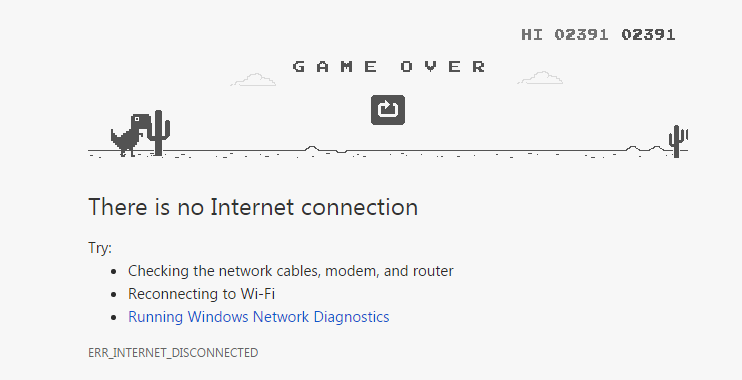
An older example, Google Chrome’s famous dinosaur game.
chrome://dino (On Chrome only)
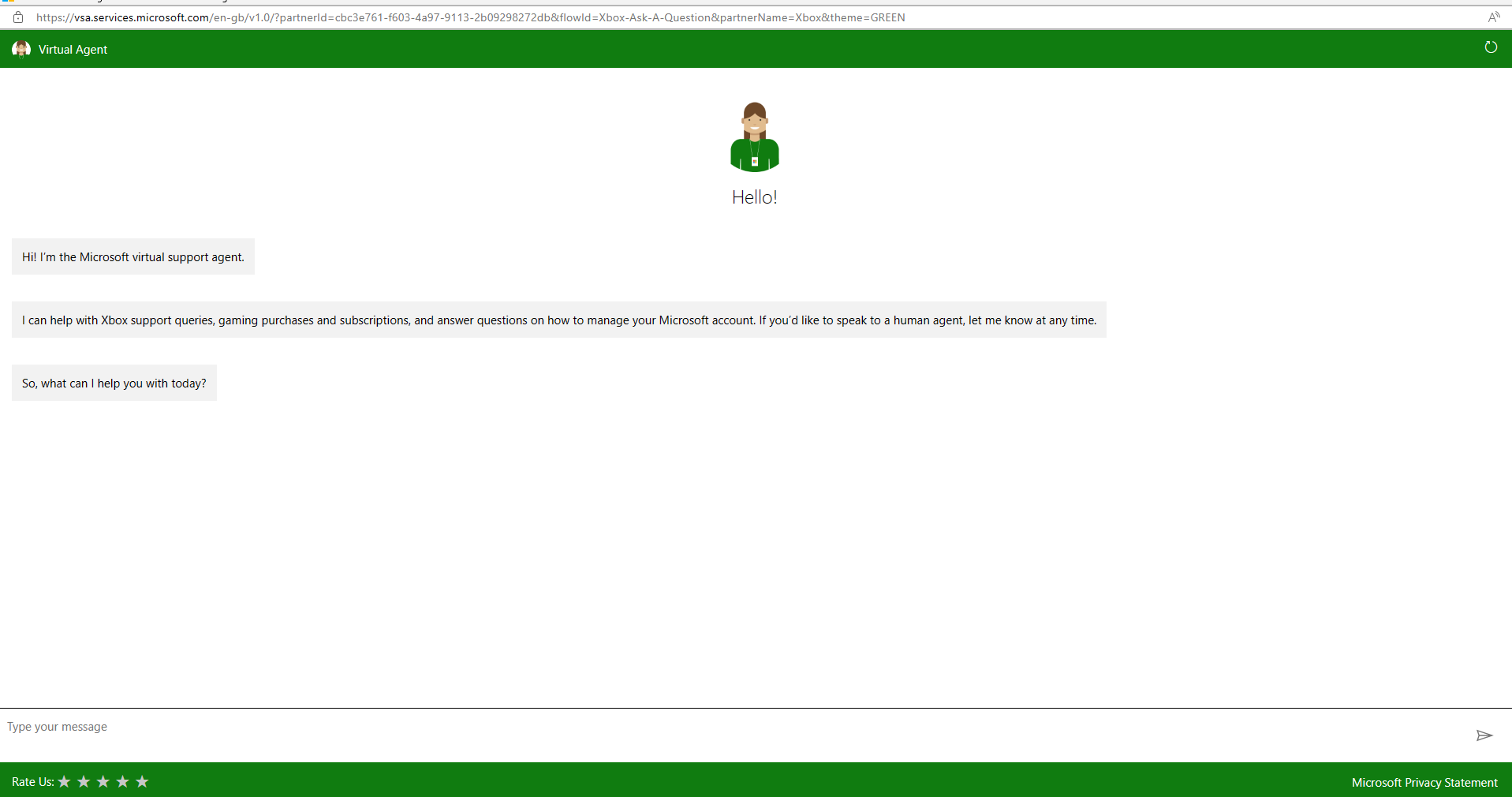
Microsoft’s Xbox support virtual assistant.
Artificial Intelligence:
This one is no surprise, but with the rise of ChatGPT and various other online chatbots and AI tools, companies and individuals are being given more opportunities than ever to connect with their audience members through websites. The integration of a well designed, helpful virtual assistant can help engage users and improve the functionality of a website, even if the site in question has no relation to AI or AI elements. As technology improves AI is only likely to improve with it, with better decision making power and quicker responses. It is a somewhat scary prospect for some, but an important step many site-builders are taking to significantly enrich a website users experience.

